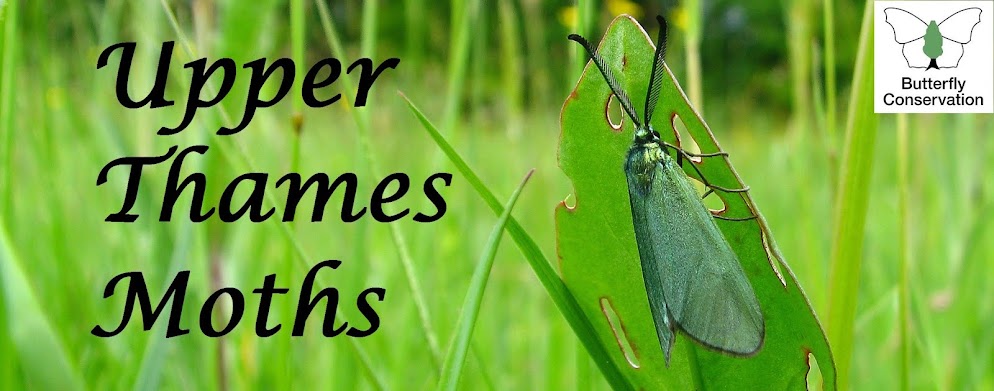 |
| Staphylinus dimidiaticornis, 15/3/17 |
Sunday 26 March 2017
Not many moths, but...
I've had the trap out a few times over the last month in Wolvercote, Oxfordshire, and like most people only had a stream of Quakers, plus a few Hebrew Characters. However (and with apologies for being off-topic), this rather attractive creature showed up on our wheelie bin just over a week ago: it seems to be Staphylinus dimidiaticornis, and as far as I can tell, not very common. Does anyone know where such things should be reported (if indeed they need reporting)?
Steve Goddard
Subscribe to:
Post Comments (Atom)

Hello Steve, that's a smart rove beetle! I'm no expert but the ID looks good from what I can find on the web, bearing in mind that there are more than 1,000 British species amongst our 4000+ beetles! According to the BRC website there is a Staphylinidae Recording Scheme run by Peter Hammond but it doesn't list any contact details other than a postal address. It would be a shame for your record to be lost so I hope you can manage to pass it on either to the scheme or perhaps to your local records centre (TVERC). If you happen to use the iRecord app on your computer or phone then I assume it will also get to where it should go.
ReplyDeleteThanks, Dave -- I'll send in a postal record, though I might also investigate joining the 21st century by getting hold of iRecord...
ReplyDeletethere are a couple fo other very similar species (caesareus, erythropterus) and I think you might need a specimen to be checked to be sure which it is but I may be wrong as know very little about them other than find one of them annually at Little Wittenham which I had recorded as erythropterus (don't think this has the yellow markings on thorax but again, could be very wrong). I asked Steve Gregory and someone at CEH about these and they are considerably more common than NBN maps suggest but still not abundant I don't think and a lovely find. Do you still have the specimen?
ReplyDeleteFrom what I could find, Marc, it was the yellow marks on the head which ruled out the three similar Platydracus species and it was the antennae gradually getting darker towards the tip that suggested Steve's ID of dimidiaticornis was correct rather than it being either of the other two Staphylinus species, but maybe that's open to misinterpretation by a non-coleopterist like me!
ReplyDelete